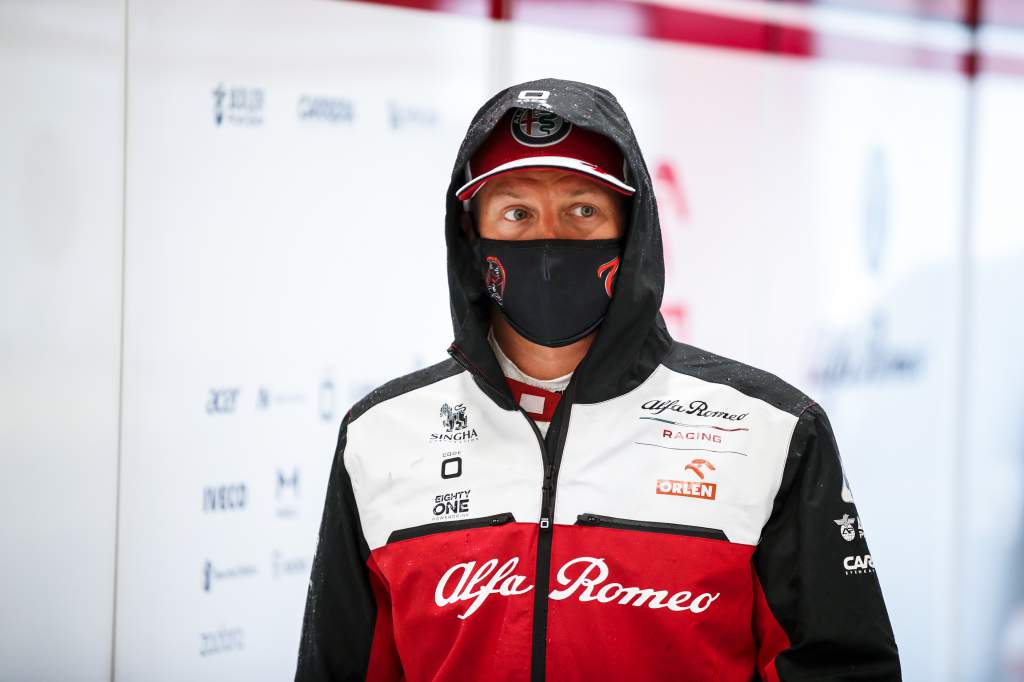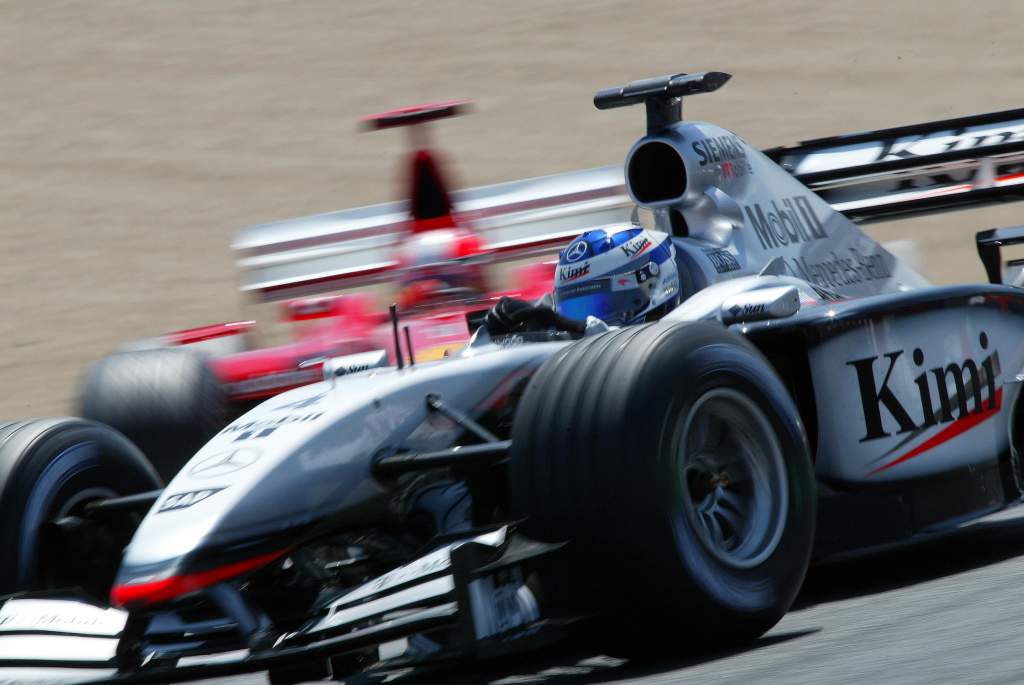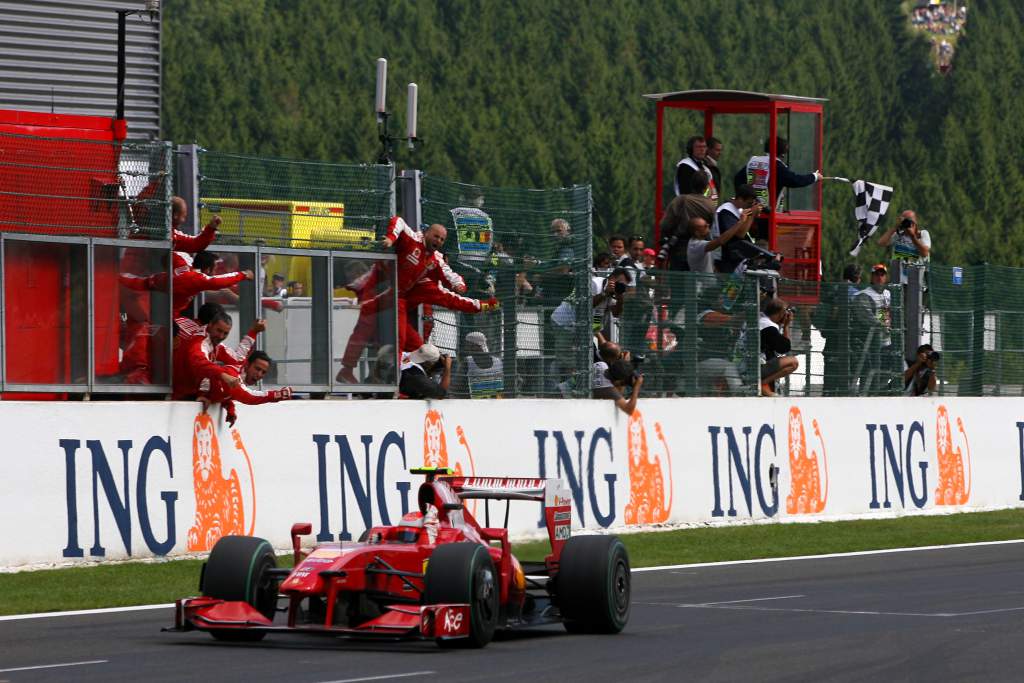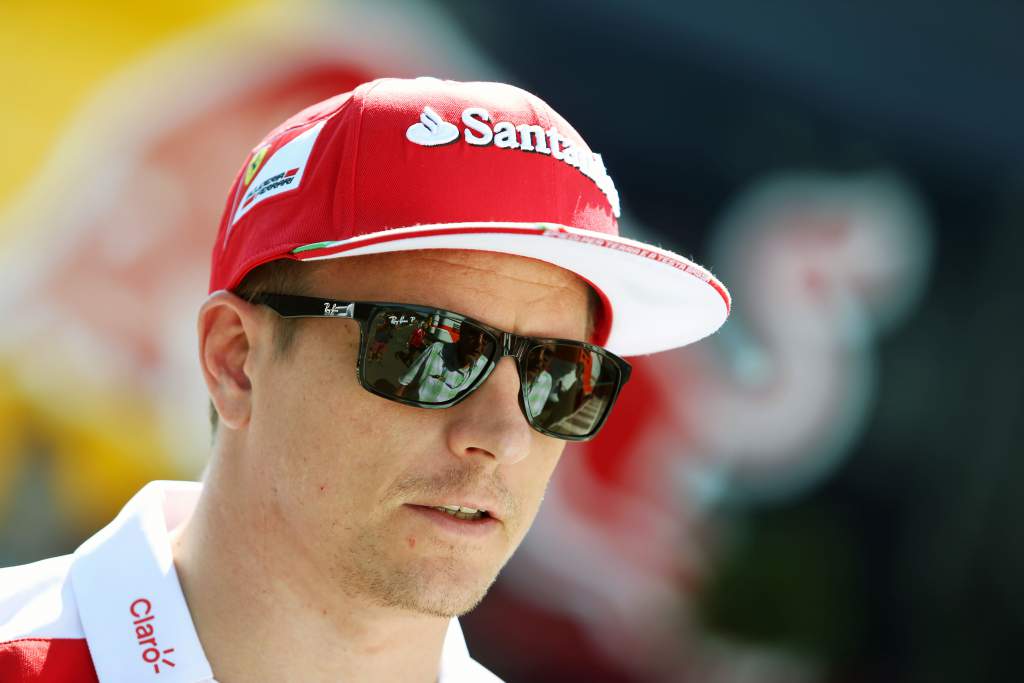Up Next

So Kimi’s finally called it time after 19 seasons, 21 grand prix victories and a world championship 14 years ago.
F1 careers didn’t use to last this long, so we got to see the kid become a man become an elder and there was a very recognisable maturation in his style off track and on. But throughout it all, he did things his way.

He tolerated the fuss and showbiz of F1, nothing more, but refused to play along with it and that undemonstrative way of his became a shield he could hide behind and ironically brought him an enormous fanbase.
Behind that emotionless façade is a very sweet guy and away from the track the words are said to come very readily with just a small intoxication of alcohol. He has always known very well how to relax.
But underpinning the individualistic image was a driver who, especially in his McLaren years, could unleash a savage turn of pace which, combined with his clear-headed understanding of the dynamics of what the car was telling him, saw him operating at a high enough level to very quickly become a multiple grand prix winner.
Such was his lack of car racing experience – a single, dominant, season in British Formula Renault – that there were real questions about his being granted an F1 super licence in 2001 and he began that year at Sauber under review. It’s safe to say he’s now passed the audition.
During his early testing at Mugello, he was quickly wringing the car’s neck – to an extent that caught the eye of Michael Schumacher.
Schumacher would see him at close quarters soon enough for Raikkonen was recruited by McLaren for 2002, Ron Dennis buying out his Sauber contract with whatever it took.

Only an unflagged oil spill at Magny Cours prevented him taking his first win that year during a period of total Ferrari domination but he’d take the title fight with Schumacher to the final round in ’03 – with an update of the previous year’s car.
His five seasons at McLaren saw him become unofficially ‘F1’s fastest man’ but the team never quite gave him a car with the required combination of speed and reliability to win the title.
In those tyre war Michelin days, where he could make the car respond to his preference for minimal steering input, he was devastatingly fast. His days of days was at Suzuka 2005 with that drive through the field to take the lead from Giancarlo Fisichella’s Renault on the last lap.
Ferrari boss Luca di Montezemolo saw Raikkonen as the natural heir to Schumacher there and came calling with the big-money offer. It was enough to prise him from McLaren for 2007 and he immediately delivered the world title as – ironically – the McLaren challenge from Raikkonen’s replacement, the rookie Lewis Hamilton, collapsed in the late stages.
Although the title rubber-stamped Raikkonen’s status, in the new standard tyre era from that season onwards he was no longer able to fine tune the responses of the car to perfectly suit his preferences.
Raikkonen in his first Ferrari period remained fast and a serial race winner, but the scintillating pace of his McLaren days was only occasionally glimpsed.

His passive style out of the car wasn’t really a good match with the way things were at Maranello in the post-Brawn/Todt era. It was felt they needed a leader and his contract was paid out early to make room for Fernando Alonso from 2010.
That seemed to be the end of the F1 career as he took up rallying in the WRC. Those two seasons on the stages didn’t go as well as he’d have liked and he was tempted back to F1 by the new ownership of the Enstone team. The James Allison-led Lotus cars fielded by the team in 2012 and ’13 were sweet-handling and had great tyre usage. For a driver of Raikkonen‘s calibre it was a given that he could win the occasional race in them even in this time of Red Bull domination.
Ferrari and Alonso were by this time falling out of love and Raikkonen was recruited back there initially as a contingency against Alonso leaving for 2014. As it happened Alonso stayed for another year and they were paired together. It said everything about how well thought of Raikkonen remained there – and about the big money that was available to make it happen.

On track though he was dominated by the Spaniard and fell into a support role, something which continued as Alonso was replaced by Sebastian Vettel. He could still turn it on – his one and only victory in the comeback Ferrari years, at the 2018 USA Grand Prix, was a great combination of pace and smarts. But by this phase of his career Kimi was the seasoned old pro, still loving his time behind the wheel and now in a new phase of his life as a family man.
Ferrari boss Sergio Marchionne decided he wanted someone younger and more ambitious who would push Vettel harder and from 2019 Kimi has played out his F1 twilight years at the Sauber team where he began. He’s as popular there as he has been with every other team and with his legions of fans. It won’t be quite the same without him.





